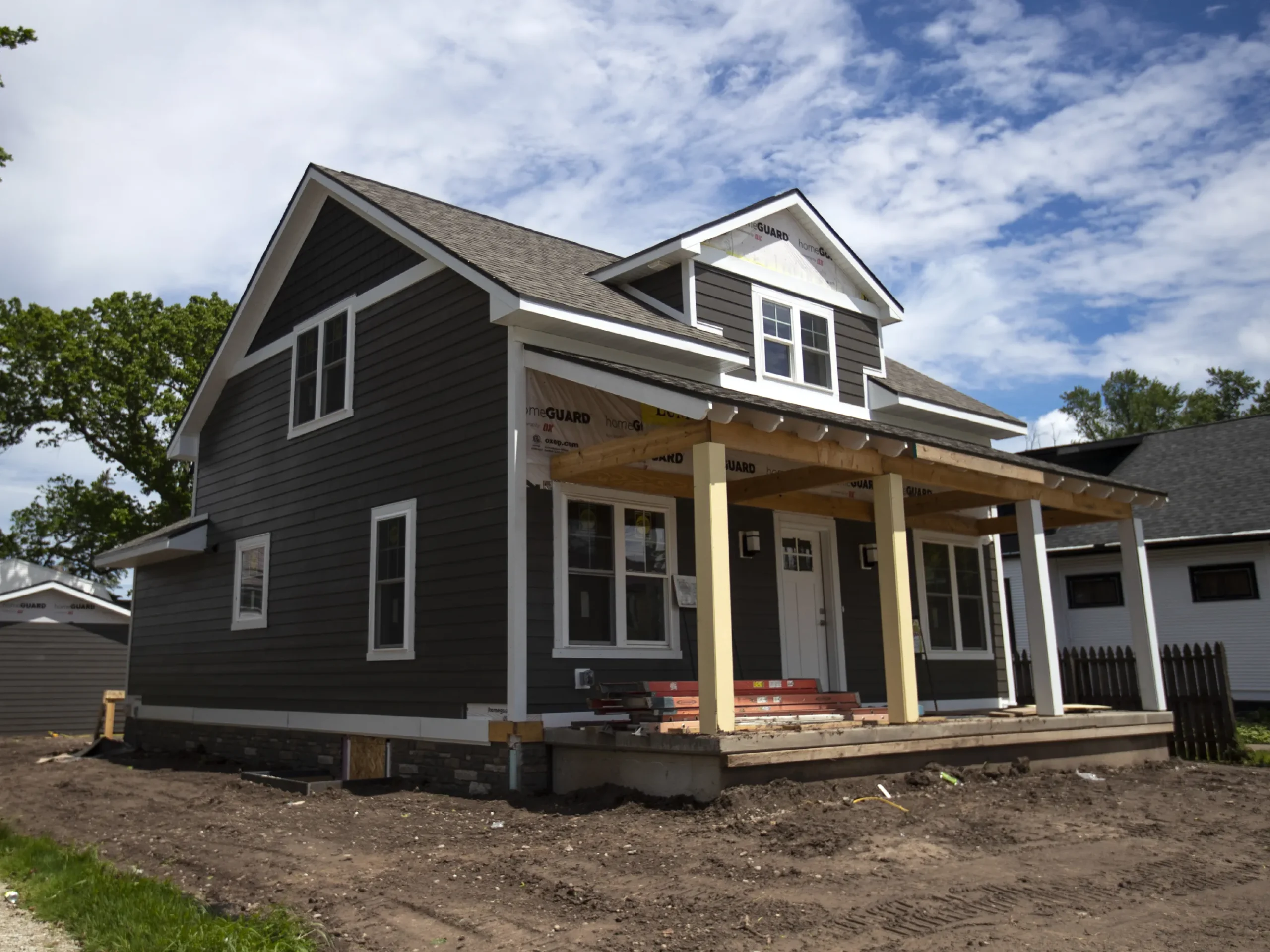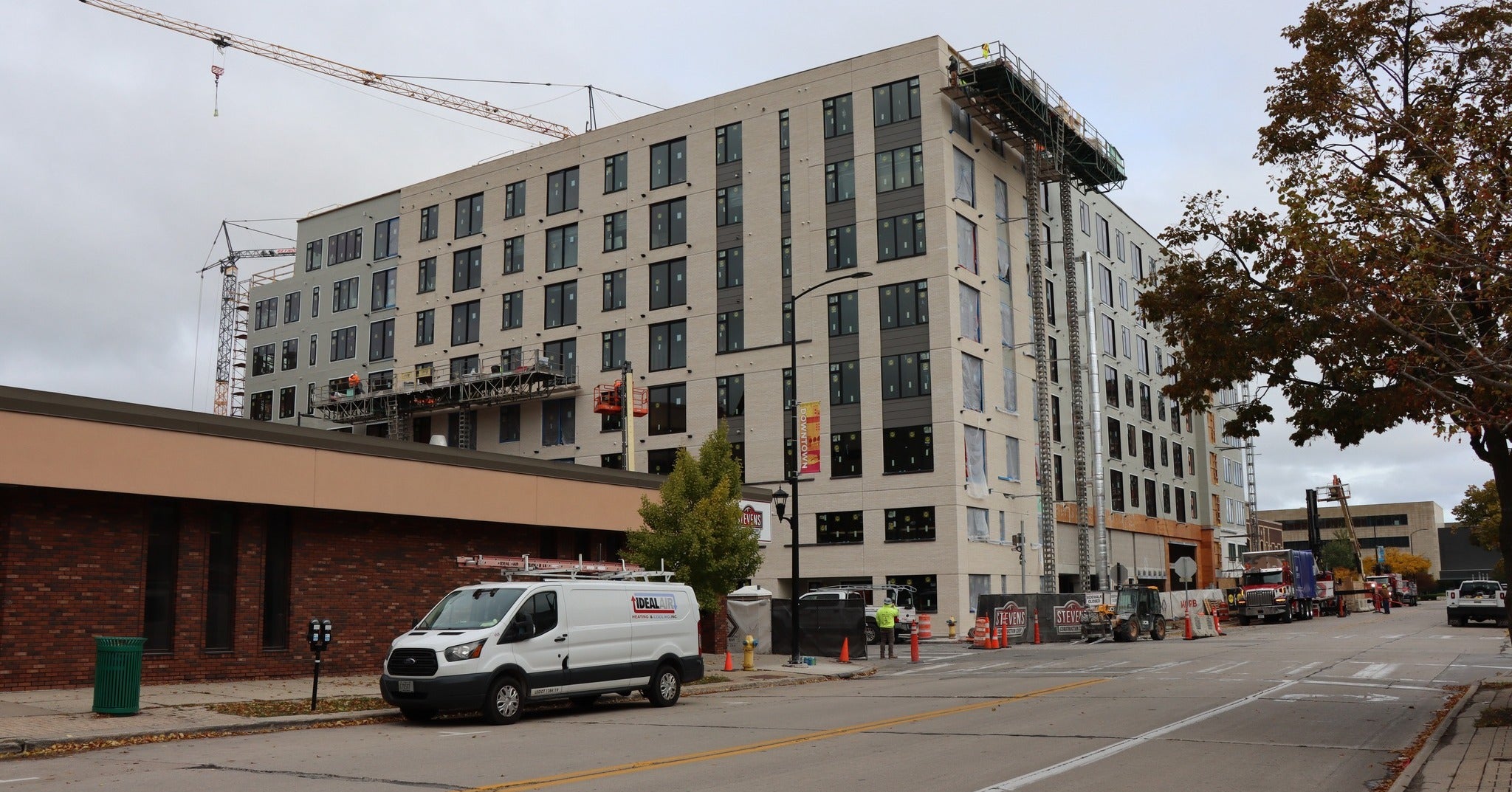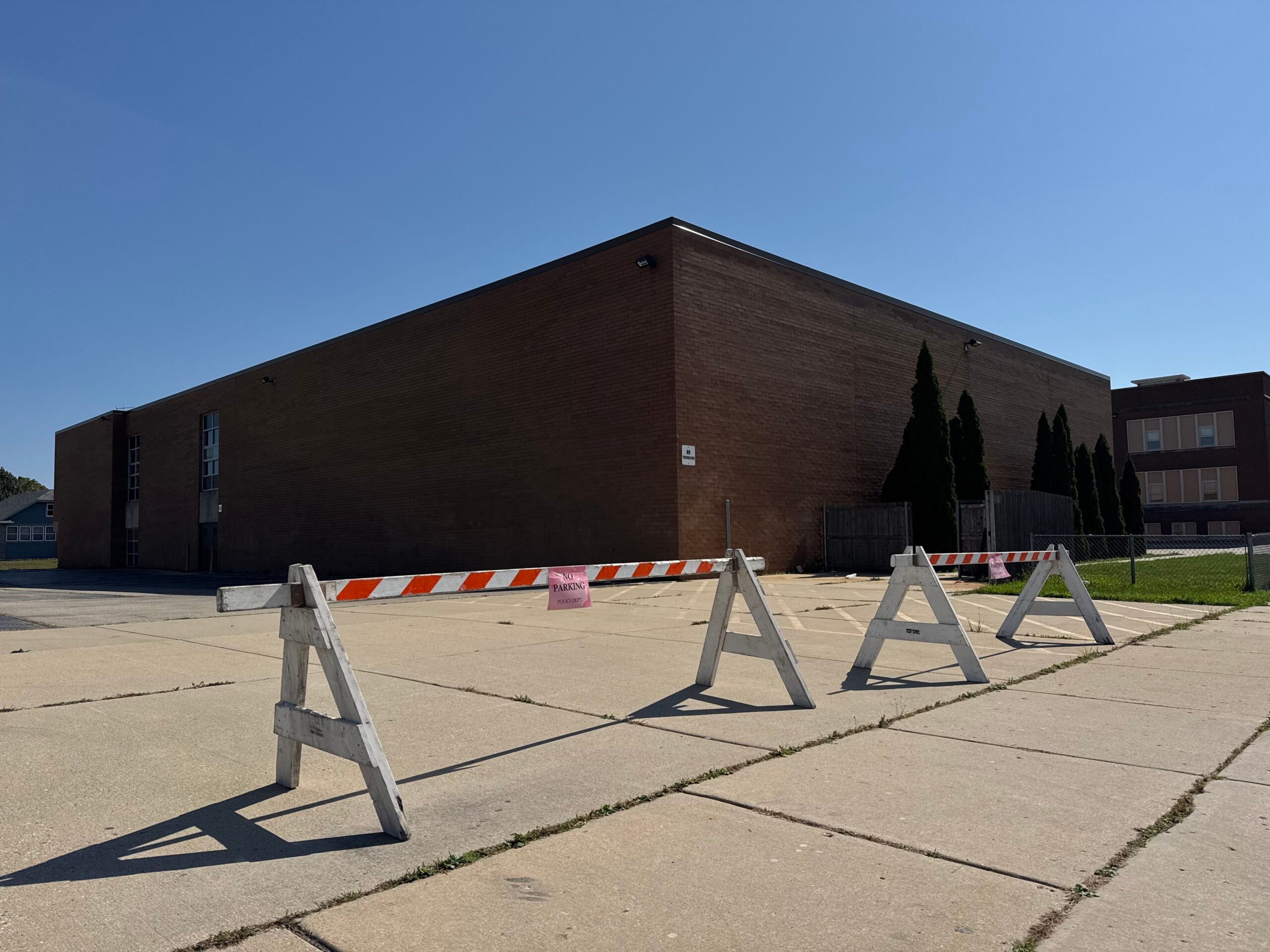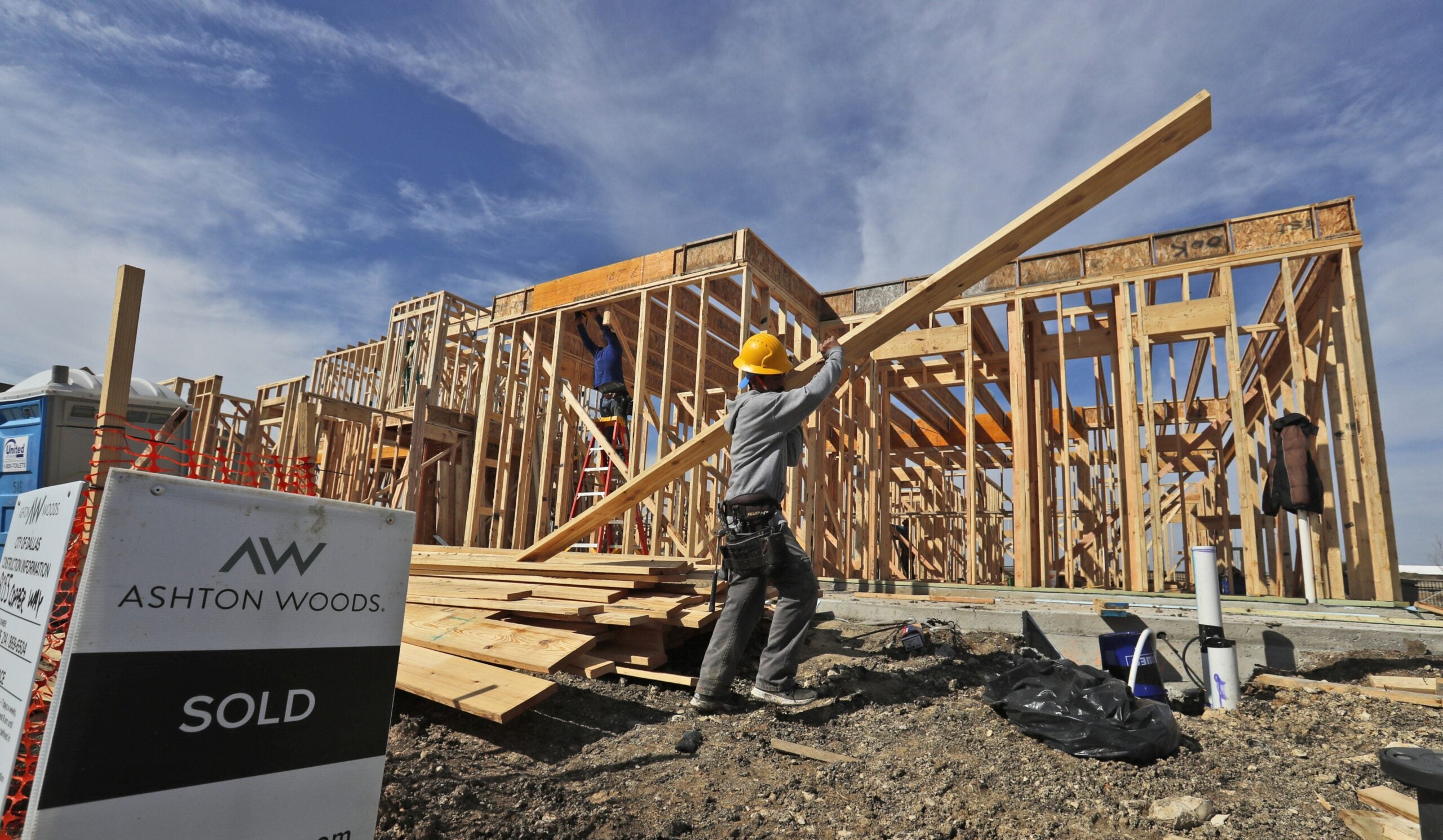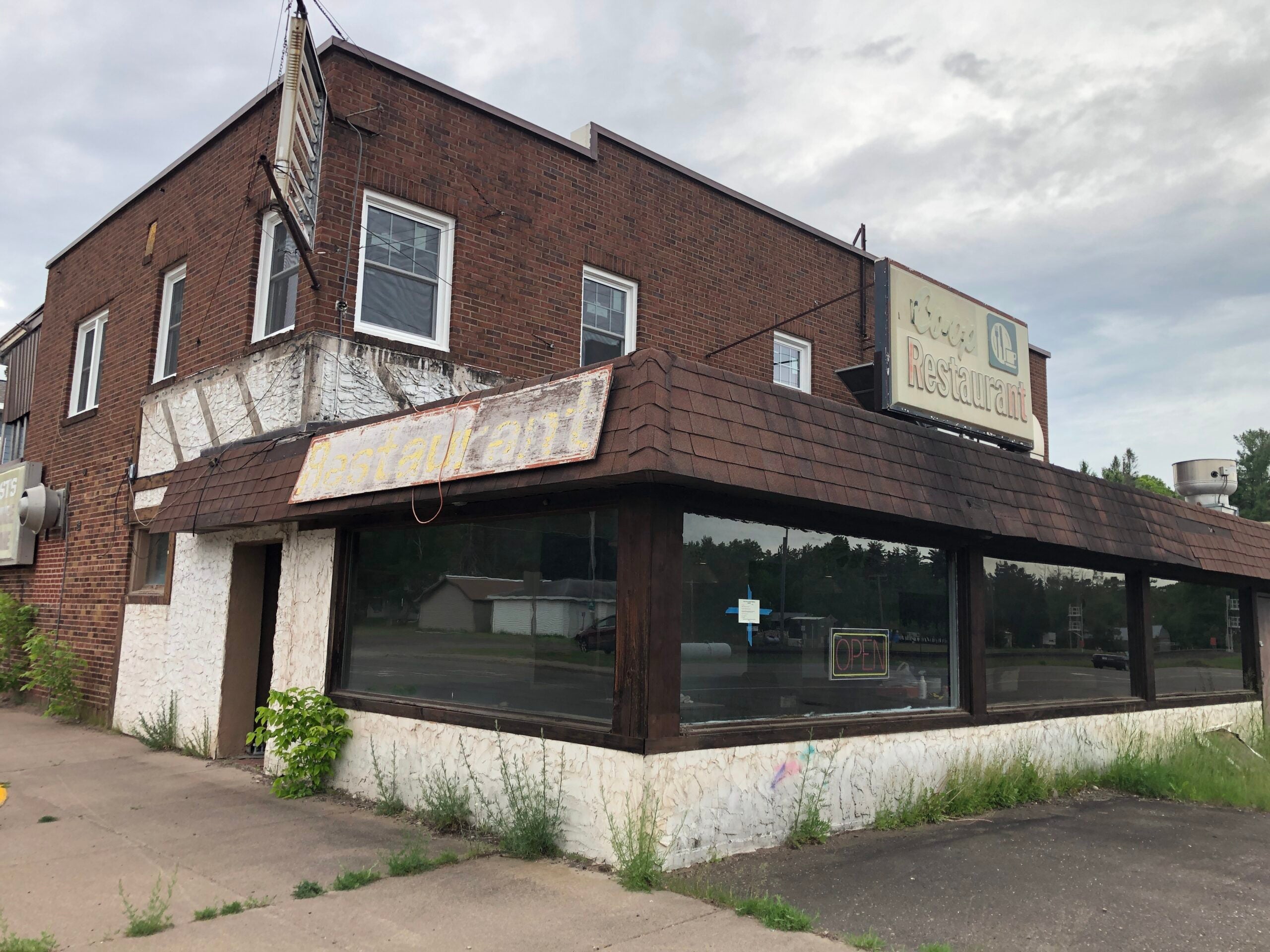The state is launching new low interest loans to promote workforce housing development, with more than $400 million available across three programs.
The Wisconsin Housing and Economic Development Authority is offering $275 million in loans to pay for infrastructure serving new housing, as well as a pair of $100 million loan programs to incentivize housing in downtowns and the conversion of commercial spaces.
The programs are the result of a bipartisan package of housing bills signed into law last year and funded through the most recent state budget.
News with a little more humanity
WPR’s “Wisconsin Today” newsletter keeps you connected to the state you love without feeling overwhelmed. No paywall. No agenda. No corporate filter.
Jon Searles, a community and economic development officer for WHEDA, said the infrastructure loans are being rolled out for the first time, while the downtown and conversion programs are in their second round of funding.
Searles said infrastructure is often a catalyst for housing development because those projects need things like streets, water systems, curbs and powerlines to serve new homes.
“It’s absolutely critical. You can’t have one without the other,” he said. “That’s why we’re so excited about these new resources.”
Searles said the infrastructure loans will have interest rates around 3 percent, with even lower rates for projects in rural areas. He said building housing in communities with less than 10,000 residents can be a challenge.
“There is just a lack of developers and support to build housing in rural areas,” he said “You just don’t have the same number of trades people living and working in those communities.”
Lower rates are also available for developers of senior housing. Searles said building housing for seniors could help older residents downsize and create more availability for young families looking to purchase their first home.
Meanwhile, the program supporting downtown housing development aims to breathe new life into older buildings in Wisconsin communities.
Searles said many of downtown properties across the state were designed with apartment units above commercial space on the ground floor, which are often underutilized or in need of rehabilitation.
“If we can make it affordable and convenient for people to live in the community where they work while revitalizing buildings in our downtown areas, I see it as a win all around,” Searles said.
The loans going toward turning commercial properties into workforce or senior housing require a minimum of 16 units be developed as either condos or apartments, Searles said.
He said the program saw a lot of interest in its first round of the funding, which helped support one project in Brookfield and two in Madison.
“There’s a really broad range of properties that could qualify,” Searles said. “If you think about an old school, maybe an underutilized office building, if that entire building can be converted to housing, that is what we would see benefiting from the Vacancy to Vitality program.”
Later this year, WHEDA also plans to launch a $50 million loan program for rehabbing older homes.
Searles said those homes must be over 40 years old. He said the loans will help support things like removing lead paint or asbestos. WHEDA expects the loans to begin to roll out in the second half of 2024.
“What this product is designed to do is ensure that the housing that we do have is still serving people today and it is safe for working families,” he said.
All combined, WHEDA will provide $525 million toward supporting housing development in the state.
Searles said the state is short roughly 120,000 homes that are affordable to working families and seniors. He hopes these programs have a meaningful impact on closing that gap.
Wisconsin Public Radio, © Copyright 2026, Board of Regents of the University of Wisconsin System and Wisconsin Educational Communications Board.

